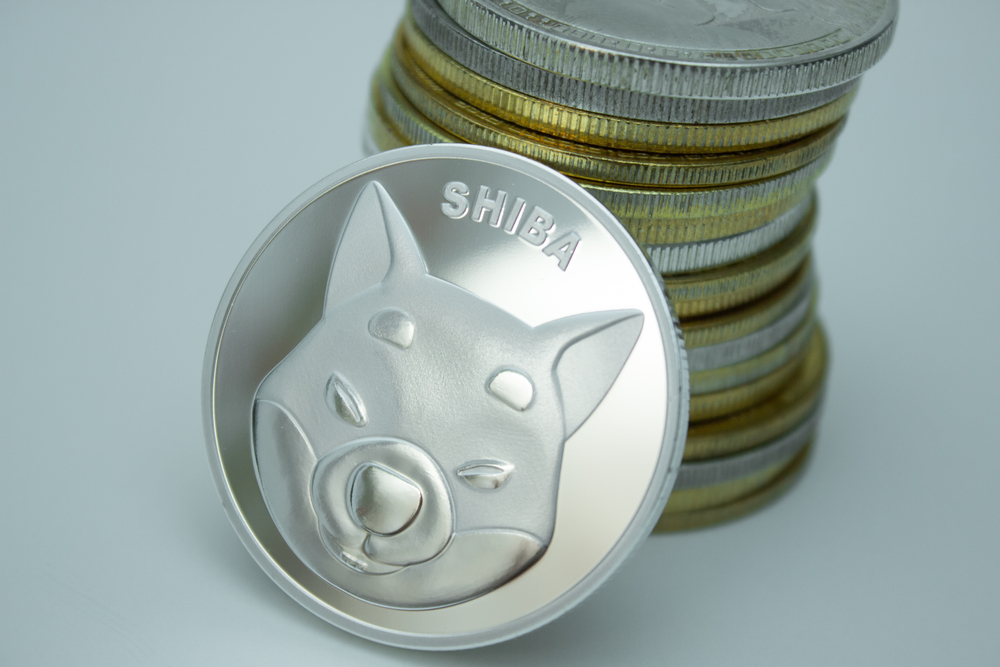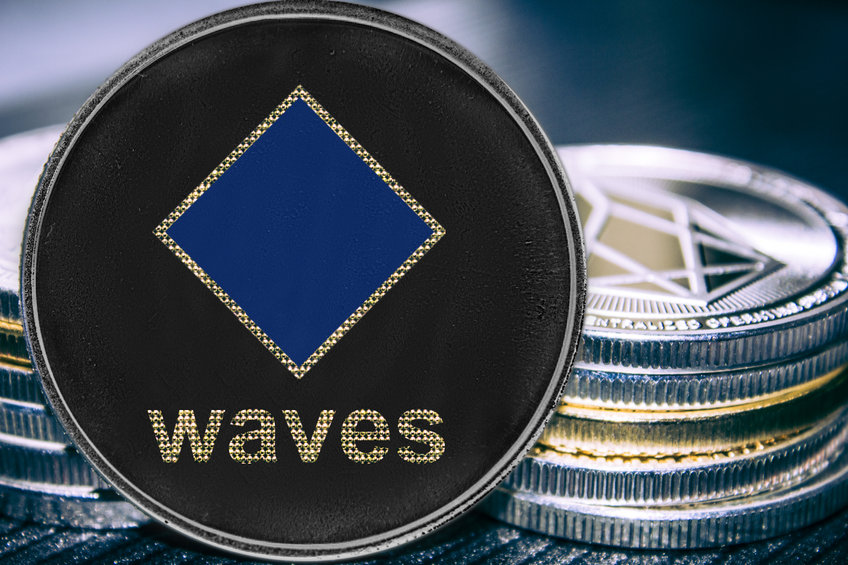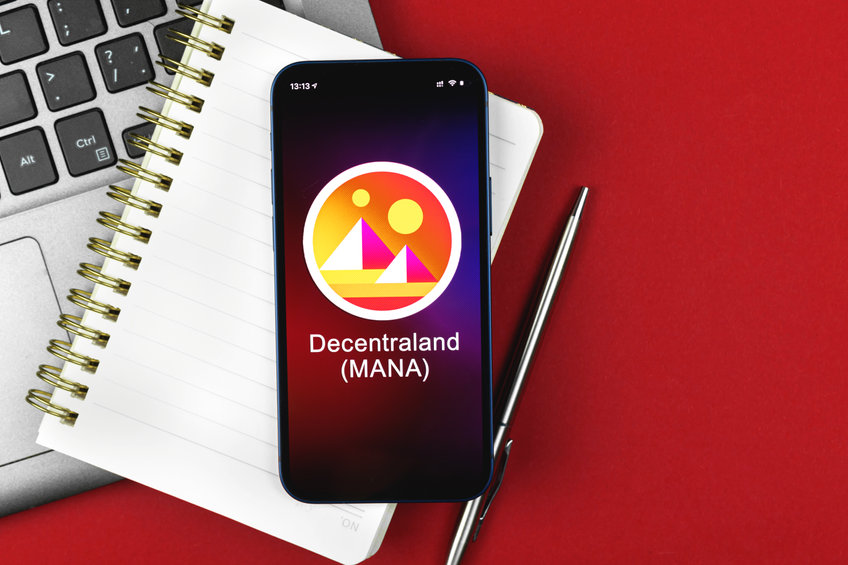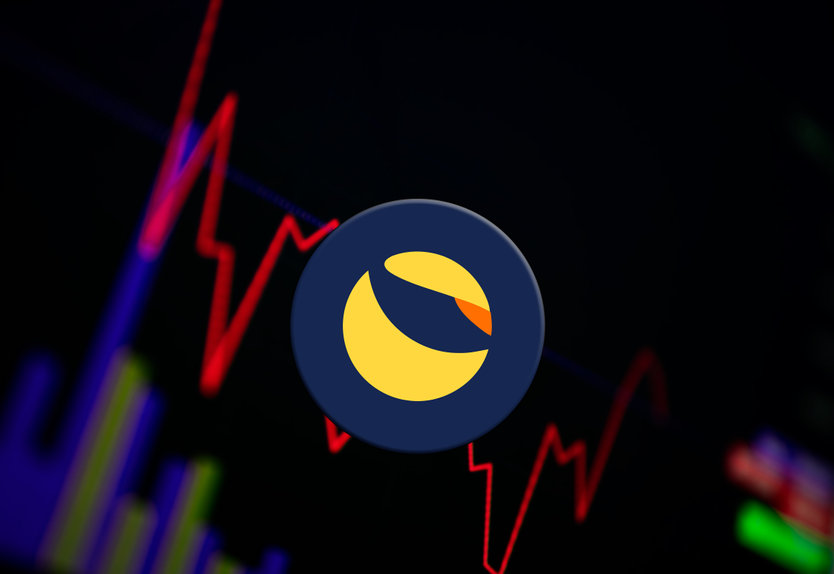
There is no doubt that Shiba Inu (SHIB) was the biggest meme coin of 2021. The so-called Dogecoin killer went on to make so many people rich but has since lost some of those gains. However, the big question for most people has always been the road towards $1 for SHIB. Is it even possible? Well, here are some highlights.
-
At the time of writing, SHIB was trading at $0.0000217 with a market cap of around $11 billion.
-
For SHIB to hit $1, it will need to grow by nearly 5 million percent over the coming years.
-
While this may seem impossible, the fact that SHIB grew by nearly 26 million percent in 2021 makes it quite feasible.
 Data Source: Tradingview.com
Data Source: Tradingview.com
What needs to happen for SHIB to hit $1
The road to $1 for SHIB will not be easy and it will have a lot of ups and downs. In fact, the 2021 surge was driven by many factors, most of which may not be available for SHIB in the future.
For example, when the meme coin was approved to trade in major exchanges, it simply mooned. But that is now water under the bridge. After all, SHIB is already in those exchanges.
Also, the crypto market appears to be correcting sharply in 2022. Memecoins like SHIB will get hit hard. Nonetheless, Shiba Inu must reduce the circulating supply to get to that level. Right now, they’re about 550 trillion coins in circulation which is just too much.
Can you buy SHIB now?
Most experts will argue that the good days of Shiba Inu are way gone. But there is still enough upside for growth, albeit not the massive sharp rise we saw last year.
For instance, SHIB is currently trading way lower than its 2021 highs. You can buy and hope to ride any recovery towards that price before you exit. Nonetheless, SHIB, like many meme coins, is highly risky.
The post Shiba Inu (SHIB) can actually reach $1 – But here is what needs to be done first appeared first on Coin Journal.





 Data Source: Tradingview.com
Data Source: Tradingview.com 